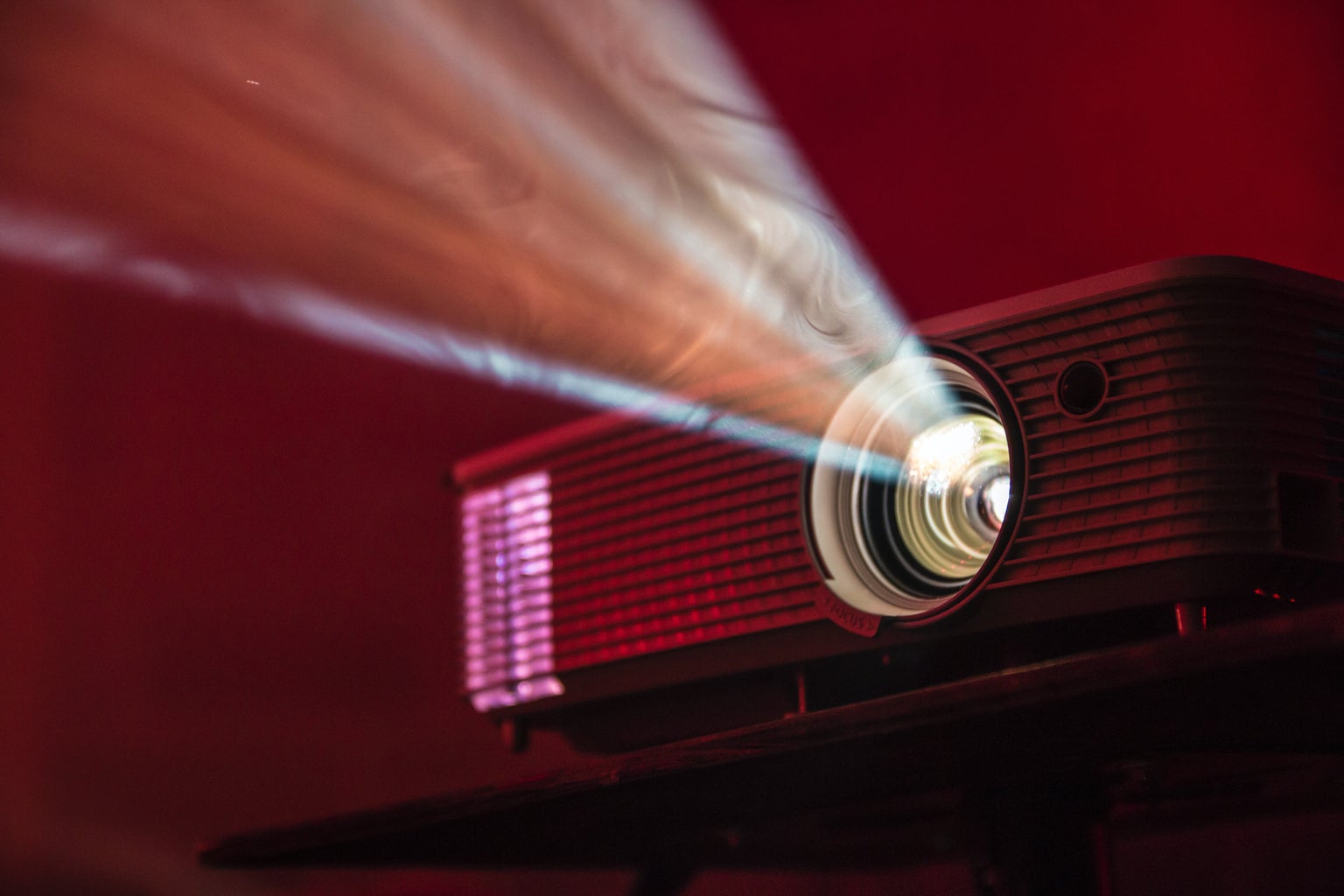*This article contains potential spoilers for Ginger Snaps (2000), Raw (2016), and Jennifer’s Body (2009).
The body betrays the girl that lives inside. A creature becomes her when the moon tides wax and wane—a first, second, hundredth bloodletting that carves away at the core until it has the pieces favoured by the patriarchal paradigm. For some girls, this is growing taller, wiser, becoming a woman for society to dissect and tear apart under microscopic expectations. For fictional character Ginger Fitzgerald, it’s transforming into a werewolf.
Ginger Snaps (2000) is a Canadian horror film with its central focus on the Fitzgerald sisters (Ginger and Brigitte) and their lacklustre lives in the suburbs of small town Bailey Downs. They flirt with the idea of death, creating gory school projects and rejecting social norms. It isn’t until one fateful night when Ginger gets her first period—considered a curse by both girls—that she’s viciously attacked by a mysterious creature with insatiable bloodlust. Quickly healed with a fresh vigour for provocative endeavours, the plot progresses into the marrying of girlhood and lycanthropy, and how Ginger’s body begins to betray her.
The comparison between menstruation and werewolfism is a noteworthy aspect of the film, as they’re depicted as interchangeable, coinciding afflictions for Ginger which transform her into a wild force that cannot be controlled. This othering of her body is meant to visualize the synonymity between the liminality of female adolescence and the full moon metamorphosis, both of which are seen as perilous ailments. The menstrual cycle becomes the lunar cycle, the girl becomes grotesque, vice versa and etcetera. You get the gist.
This sort of treachery is often felt in reality, when that time of the month rears its ugly mug and what follows is several days of aches, fatigue and cursing the red devil gnawing away at one’s insides. Girlhood is a gorefest, but in Ginger Snaps there’s power present in the heightened femininity.
Horror in general has become solace for female anguish, but before the rise of the femme fatale and other centrally feminine archetypes, women in the genre were mostly seen as victims of a greater evil—one not born from their own flesh. In early cinema they were portrayed as weak, only capable of being scared and not capable of becoming the creature that does the scaring. Because of this narrative the audience that would then watch these films would only be able to see the woman’s fear, and in turn feel scared for her. But what happens when the villain is the woman herself?

Films like Raw (2016) and Jennifer’s Body (2009) take on similar themes as Ginger Snaps, both following girls turned monstresses craving carnivorous (and cannibalistic) diets. Though the inciting action of either isn’t menstruation, the spotlight remains on the overarching theme of the regulated body and subsequent sexual liberation. Jennifer, Ginger, and Raw’s Justine simply start out as girls, they endure an awakening and are thus transformed into the manifestation of the monstrous feminine. They become their own enemies; thieves snatching away the innocence of youth and replacing it with something carnal—something evil.
There are parts of this plot within Ginger Snaps that feel like wrongdoings by its titular character, which is something that’s consistent in almost every other horror film with a female protagonist (or antagonist). It’s significant that Brigitte is the lone survivor because it’s consistently reprised in the genre that pure, chaste, virginal women are the only ones who get to survive the forces of evil. In this instance, because Brigitte doesn’t give into sexual desire while Ginger succumbs to her urges, she becomes the final girl.
But…why is the sexually free woman deemed dangerous? Why is she a threat to the society around her? To Carol Dyhouse, Professor (Emeritus) of History at the University of Essex, this is because female desire has long been seen as a disruption of the social order. It’s an unfortunate fact that the world has always promoted a power imbalance between the sexes. To avoid the hypercritical eye of societal expectations, women have had to remain compliant in the face of gender disparity since, well, forever. So, this idea of a woman who doesn’t conform, who is sexually advantageous when everyone else is telling her to be nice, uncorrupt and docile, is white-knuckle terrifying. I don’t know about you, but that kind of power is fascinating to me.
These ideas of sexual awakening and the developing body are dual; in horror, you can’t have one without the other. The long established narrative has tried its best to scandalize the nature of the female body. Her bleeding is a curse, her desire is a villain, but what men find disturbing about this, women find liberating. No matter how the monstrous feminine is portrayed, she will always have someone on her side rooting for her, because we see each other’s pain and we celebrate its exoneration.
Despite the general hamartia of punishing sensuality in female-centric horror flicks, the monstress still manages to capture a feminist undertone within the genre. The female body doesn’t have to be portrayed as a villain to contain and shame liberated sexuality, but can instead be employed to reclaim autonomy over what has long been regulated by male dominance. Similarly, when considering Ginger Snaps, the process of puberty can make someone feel like a monster reborn, but it’s not inherently evil, only framed that way for relatability purposes.
Horror isn’t flawless, the monstrous woman isn’t a perfected archetype, and there are many perspectives of the female body in the genre that do more harm than good. However, there is a space in horror carved out by women where they’ve been free to create, to devour, to rejoice in unbridled sexuality for years. This place will continue to exist and progress for years to come. In a way, it’s like a body changing; a metamorphosis that’s constantly shifting to accommodate the divergent perspectives of ever-changing girlhood.
I could talk about this until I’m blue in the face, but instead I’ll leave you with a quote from late actor Bela Lugosi: “It is women who love horror. Gloat over it. Feed on it. Are nourished by it. Shudder and cling and cry out—and come back for more.”




